Even though this doesnt answer your question completely. I thought that this will be useful for other people looking to plot Venn Diagram.
One can use the venn() function from the gplots package:
http://www.inside-r.org/packages/cran/gplots/docs/venn
## modified slightly from the example given in the documentation
## Example using a list of item names belonging to the
## specified group.
##
require(gplots)
## construct some fake gene names..
oneName <- function() paste(sample(LETTERS,5,replace=TRUE),collapse="")
geneNames <- replicate(1000, oneName())
##
GroupA <- sample(geneNames, 400, replace=FALSE)
GroupB <- sample(geneNames, 750, replace=FALSE)
GroupC <- sample(geneNames, 250, replace=FALSE)
GroupD <- sample(geneNames, 300, replace=FALSE)
venn(list(GrpA=GroupA,GrpB=GroupB,GrpC=GroupC,GrpD=GroupD))
 Afterwards I just add colours and transparency using illustrator.
Afterwards I just add colours and transparency using illustrator.







 Afterwards I just add colours and transparency using illustrator.
Afterwards I just add colours and transparency using illustrator.

